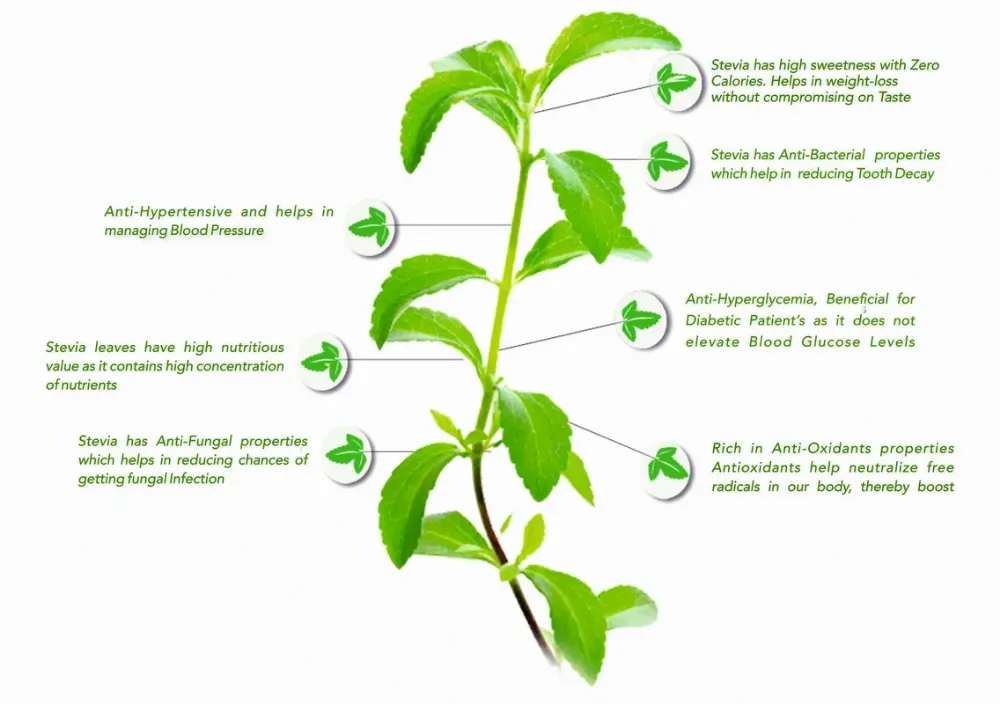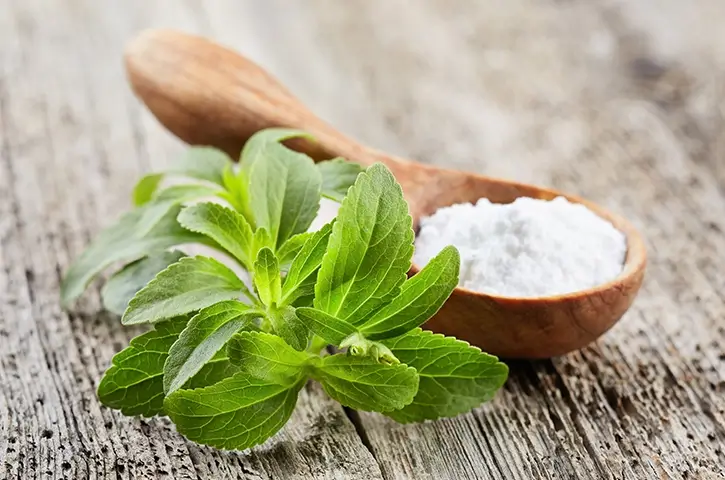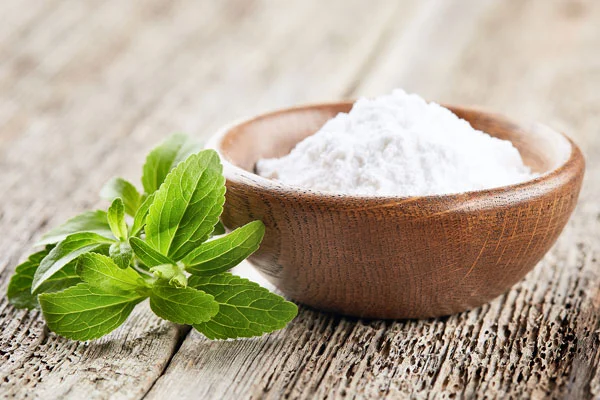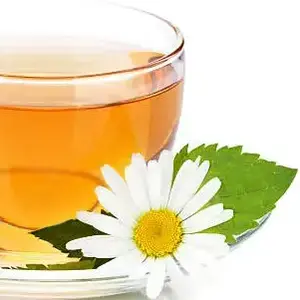Do you find yourself captivated by the allure of essential oils, uncovering gems like clary sage and sage oil along the way?
Although their names can be misleading, these oils come from different plants and offer unique benefits, often causing confusion among many people
This in-depth guide will navigate into the universe of “Is clary sage the same as sage oil?” as it will investigate the components and how they can help you to feel well.
What Is Clary Sage?
Clary sage (Salvia sclarea) is a perennial herb from the Lamiaceae family. Its name originates from the Latin word “clarus,” meaning “clear.”
This herb is notable for its calming and clarifying properties, which have been valued for centuries in traditional medicine and aromatherapy, but is clary sage the same as sage oil in health benefits?
Health Benefits of Clary Sage
1. Relieves Menstrual Discomfort
Clary sage is renowned for its ability to alleviate menstrual cramps and discomfort. Its antispasmodic properties help to relax the uterine muscles, reducing pain and cramping during menstruation.
Many women find relief by massaging diluted clary sage oil onto their abdomen or using it in a warm bath.
2. Supports Hormonal Balance
Clary sage oil is often used to balance hormones, particularly in women. It contains natural phytoestrogens that mimic the effects of estrogen in the body, which can be beneficial during menopause or for those with hormonal imbalances.
3. Relieves Insomnia
The calming properties of clary sage make it an excellent aid for insomnia. Its sedative effects help to reduce anxiety and promote relaxation, making it easier to fall asleep.
Diffusing clary sage oil in the bedroom or applying it to the pillow can create a peaceful environment conducive to sleep.
4. Increases Circulation
Clary sage oil has been shown to improve circulation, which is essential for overall health. Improved blood flow can enhance nutrient delivery and waste removal in the body.
Massaging clary sage oil onto the skin can stimulate circulation, relieving muscle soreness and promoting healing.
5. Improves Cardiovascular Health
By supporting healthy circulation, clary sage oil also contributes to cardiovascular health. Its ability to reduce stress and lower blood pressure can protect the heart and reduce the risk of heart-related conditions.
Incorporating clary sage oil into a wellness routine can be a natural way to support heart health. Now let’s dive into our main question: is clary sage the same as sage oil?
What Is Sage Oil?
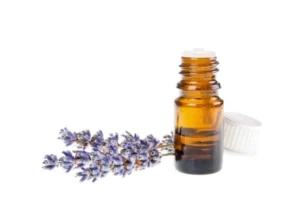
Sage oil, derived from the common sage plant (Salvia officinalis), has a long history of use in traditional medicine. Known for its potent aroma and numerous health benefits, sage oil is extracted from the leaves of the plant through steam distillation, but is clary sage the same as sage oil?
History of Sage Oil
Sage has been used for thousands of years for its medicinal and culinary properties. Ancient Egyptians used sage for fertility, while the Greeks and Romans valued it for its healing properties. In medieval Europe, sage was a staple in herb gardens and was believed to have the power to ward off evil spirits and protect against the plague.
The information you provided contains an inaccuracy. Sage and clary sage are two different plants, with sage oil coming from Salvia officinalis and clary sage oil extracted from Salvia sclarea.
Extracting Sage Oil: A DIY Approach

Sage, with its aromatic leaves and long history of culinary and medicinal uses, offers a potent essential oil. While professional methods involve steam distillation, you can attempt a simpler home extraction process.
However, it’s important to note that this homemade method yields a less concentrated product compared to commercially available essential oils.
Here’s what you’ll need:
- Dried sage leaves (fresh leaves work too, but dried ones are easier to handle)
- Large pot with a lid
- Cheesecloth
- Heat source (stovetop)
- Glass jars with tight-fitting lids
- Optional: Poultry baster (for easier oil removal)
Instructions:
-
Prepare the Sage:
Whether using fresh or dried leaves, ensure they are clean and free of debris. Crush the leaves slightly to release the essential oils more readily.
-
Water Bath Method:
Fill the pot with enough water to comfortably submerge the sage leaves. Tie the crushed leaves securely in cheesecloth to create a pouch. Place the pouch in the pot and bring the water to a simmer. Maintain a low simmer for 2-3 hours.
-
Cool and Separate the Oil:
Turn off the heat and let the water cool completely. The sage oil will rise to the surface and form a thin layer on top of the water.
-
Collect the Oil:
There are two methods for collecting the oil:
- If a visible layer of oil appears, carefully skim it off the water’s surface using a spoon or a dropper.
- Poultry Baster Option: For a more efficient extraction, especially if the oil layer is thin, use a poultry baster to carefully suction the oil from the water’s surface.
-
Store Your Sage Oil:
Transfer the collected oil to clean, dark glass jars with tight-fitting lids. Label the jars with the date and store them in a cool, dark place.
Benefits of Sage Oil
- Antimicrobial Properties: Sage oil is effective against a range of bacteria and fungi, making it useful for disinfecting surfaces and treating skin infections.
- Cognitive Health: Sage oil has been shown to improve memory and cognitive function. Its neuroprotective properties can aid in preventing cognitive decline and promote overall brain health.
- Digestive Health: Sage oil can aid digestion by stimulating the secretion of digestive enzymes, reducing bloating, and relieving indigestion.
- Respiratory Health: Inhalation of sage oil can help clear respiratory passages, reduce inflammation, and alleviate symptoms of respiratory conditions like asthma and bronchitis.
- Skin Health: Sage oil’s antioxidant properties help to protect the skin from free radical damage, reduce the signs of aging, and promote healthy skin.
Side Effects
While clary sage oil offers numerous health benefits, it’s important to use it with caution due to potential side effects. Here are some considerations about is clary sage the same as sage oil? to keep in mind to ensure safe usage.
-
Pregnancy and Clary Sage Oil
Clary sage oil should be used with caution during pregnancy, particularly during the first trimester. If you are asking is clary sage the same as sage oil? The oil is known to cause uterine contractions, which can be dangerous and may lead to complications. It is crucial to consult with a healthcare provider before using clary sage oil if you are pregnant. It is especially important to avoid using the oil on the abdomen during this time.
-
Use on Infants and Toddlers
Clary sage oil is not recommended for use on infants or toddlers. The oil’s potent nature can be too strong for young children and may cause adverse reactions. For this reason, it is best to avoid using clary sage oil on children under the age of two.
-
Eye Health Claims
There have been claims that clary sage oil can brighten eyes, improve vision, and protect against vision loss due to aging. However, there is not enough scientific research to support these claims. Using essential oils in or around the eyes can be unsafe and is not recommended. Always consult with an ophthalmologist before considering the use of essential oils for eye health to avoid potential harm.
Is clary sage the same as sage oil?

The first noticeable difference between clary sage and sage oil is their aroma. Clary sage has a lighter, more floral scent, making it easy to blend with other floral essential oils. In contrast, sage oil has a stronger, spicier, or musky odor that stands out and is often used as a base ingredient in recipes.
You can read: Fresh Basil versus Dried Basil
Chemical Composition
Is clary sage the same as sage oil in its chemical composition? Clary sage oil contains linalyl acetate and linalool, which contribute to its calming and relaxing effects. Sage oil, on the other hand, contains thujone, camphor, and 1,8-cineole, giving it its potent antimicrobial and cognitive-enhancing properties.
Uses and Benefits
Is clary sage the same as sage oil? Despite their differences, both oils offer unique health benefits and can be used for a variety of purposes:
- Clary Sage Oil: Ideal for hormonal balance, menstrual discomfort, and relaxation. It is often used in aromatherapy for its calming effects, but specific clinical trials might be limited
- Sage Oil: Known for its antimicrobial, cognitive, and digestive benefits. It is used for skin infections, respiratory health, and improving cognitive function.
Take a look at Uses for Dried Mint
Application and Safety
Is clary sage the same as sage oil in application and safety? Both clary sage and sage oil should be diluted with a carrier oil before use.
They are highly potent and can cause skin irritation or upset stomach if ingested in large amounts. Following recommended dosages and consulting with a healthcare professional before using these oils internally is essential.
Is clary sage the same as sage oil for Skin Care?
Although clary sage and sage oil share similar names, they have distinct properties and uses, especially in skin care. Both oils are beneficial, but they cater to different skin needs and conditions. Here’s a detailed look at Is clary sage the same as sage oil in skincare?
Clary Sage Essential Oil for Skin Care
Clary sage essential oil has been a staple in skin care products for centuries, used to treat various skin-related ailments. Known for its lighter and sweeter scent, clary sage is particularly suitable for skin care, especially for sensitive skin types.
Benefits of Skin Care
- Clary sage oil is milder than regular sage oil, making it safe for sensitive skin. It’s less likely to irritate and can be used more freely in skin care routines.
- The oil’s strong antiseptic properties make it a popular ingredient in deodorants, aftershaves, and men’s perfumes. It not only imparts a pleasant scent but also kills bacteria that cause body odors, ensuring long-lasting freshness.
- Clary sage oil can be massaged onto the skin to relieve muscle pain and cramps. Its natural analgesic properties help reduce pain by penetrating beneath the surface layers of skin tissue.
- As a natural antiseptic agent, clary sage oil is effective in treating minor wounds and scars. It promotes better healing, prevents infection, and stops the buildup of harmful bacteria.
- The oil’s ability to combat bacteria makes it beneficial for treating acne and other bacterial skin conditions. It helps to clear up the skin and reduce inflammation.
Conclusion
If you are asked: is clary sage the same as sage oil? Clary sage and sage oils are two different, but each may be beneficial in maintaining health and well-being for us.
That clary sage is mostly appreciated for its hormonal and relaxing effects and it looks after antimicrobial and cognitive enhancement.
By analyzing the question of is clary sage the same as sage oil and the fourth application of the oils, you will know how to choose the appropriate oil type for your different purposes. Always use the essential oils with precaution and the guidance of a health care professional whenever needed.
FAQs
1-Is sage the same as clary sage?
A: Although sage and clary sage share similar names, there are some distinct and important differences to be aware of. The scent, characteristics, and chemical properties of sage and clary sage are different and do not bear any resemblance, although they both contain health benefits that can be used to treat various ailments and conditions.
2-Are there any precautions for using clary sage oil during pregnancy?
Yes, clary sage oil should be used with caution during pregnancy, especially during the first trimester. It can cause uterine contractions that may be dangerous. It is best to consult with a healthcare provider before using clary sage oil during pregnancy, and it should not be applied to the abdomen.
3-What is another name for sage oil?
Sage oil, derived from the Salvia officinalis plant, is sometimes referred to as Organic Common Sage Essential Oil.
4-What is the other name for clary sage?
Clary sage (Salvia sclarea) has a few interesting alternative names:
- Clear eye: This name hints at its historical use for eye health.
- Eyebright: Similar to “clear eye,” this name reflects its traditional application for eye care, but it is not a common name for it.


